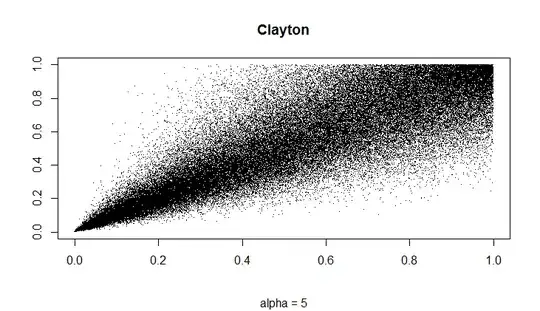I have analysed my data using multivariate multiple regression (8 IVs, 3 DVs), and significant composite results have been found.
Before reporting my findings, I want to discuss in my results chapter (briefly) how the composite variable is created.
I have done some reading, and in the sources I have found, authors simply state that a 'weighted linear composite' or a 'linear combination of DVs' is created by SPSS (the software I am using).
They do not explain how they are weighted, and as someone relatively new to multivariate statistics, I am still unclear.
Are the composite DVs simply a mean score of the three DVs I am using, or is a more sophisticated method used on SPSS?
If the latter is true, could anyone either a) explain what this method is, or b) signpost some useful (and accessible) readings which explain the method of creating composite variables?
Many thanks
